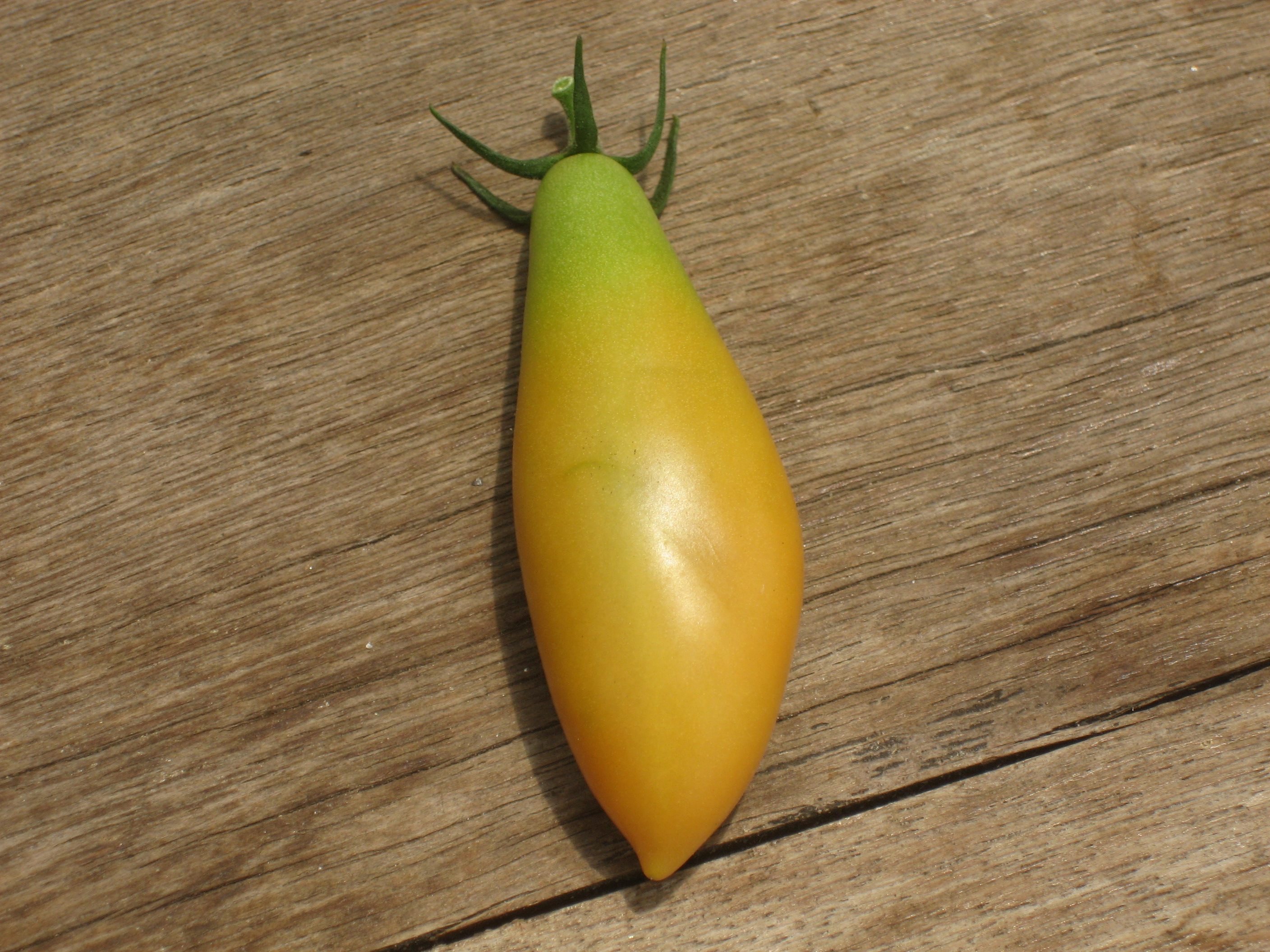Scientists Are Using CRISPR to Make Spicy Tomatoes
The fruit could soon look and taste more like chili peppers.

The humble tomato is about to get a makeover. Plant physiologists in Brazil and Ireland are researching how to use the gene-editing tool CRISPR-Cas9 to create the world’s first spicy tomato.
In a paper published in the journal Trends in Plant Science, researchers propose activating capsaicinoid-producing genes in tomatoes. Capsaicinoids are what give peppers their heat, and genetic mapping has revealed these genes’ presence in tomatoes. The proposed process of genome editing would produce a fruit with the same qualities as a chili pepper, but one that’s easy to grow and has a yield capacity 30 times higher than the chili.
So instead of producing a marvelous new tomato, the researchers’ aim is better chilies.
“The proof of concept here is that we can transfer the unique thing endemic to a less-produced plant into another plant that is more widely produced,” says Lázaro E.P. Peres, Professor of Plant Physiology at the University of São Paulo, who is a co-author of the paper.
According to the paper, the tomato is a model species “that is highly amenable to biotechnological manipulation.” On the other hand, chili peppers are notorious for needing specific growing conditions and producing crops with inconsistent levels of heat and pungency. A typical yield of hot peppers is three tonnes per hectare, over four to five months of farming. But the tomato can yield as much as 110 tonnes per hectare within 120 days.

The specific climates required to produce certain plants and spices once sent Europeans sailing across the world in search of flavor. “If they had this kind of technology in the 16th century, colonization may not have been necessary,” laughs Peres. Seeds for a spicy tomato could make growing a spicy fruit feasible for innumerable more farmers and gardeners around the world.
The scientists have not yet begun implementing their research into an actual red hot chili tomato, but Peres is enthusiastic about the possibility. “The genes in pepper used to make capsaicin exist in the tomato, but … we have to activate them, which is quite exciting,” he says, explaining that this would be a novel use of CRISPR-Cas9. According to their paper, most genetic crop modification has sought to inactivate existing genomes rather than activate them, since the latter process is more technically challenging. The first iteration of the researchers’ work has already yielded a tomato that begins to resemble the chili pepper in appearance. If the researchers are successful in this further iteration, a spicy tomato sauce may be in our immediate future.
Gastro Obscura covers the world’s most wondrous food and drink.
Sign up for our regular newsletter.
































Follow us on Twitter to get the latest on the world's hidden wonders.
Like us on Facebook to get the latest on the world's hidden wonders.
Follow us on Twitter Like us on Facebook